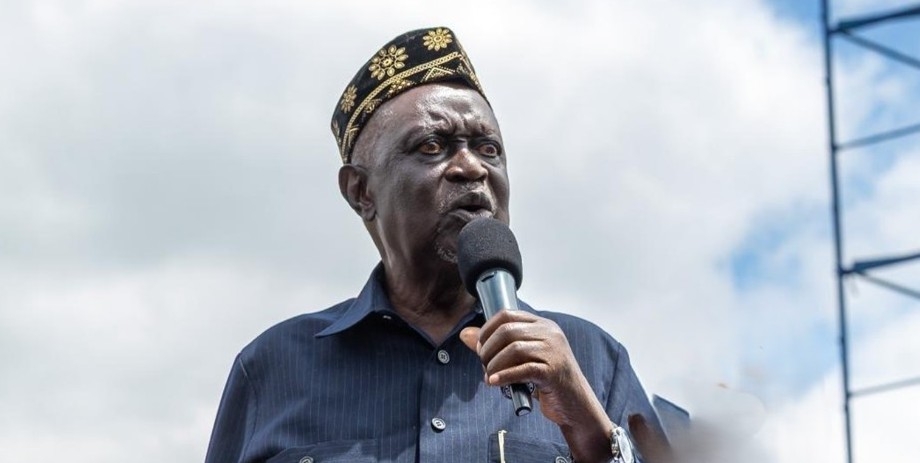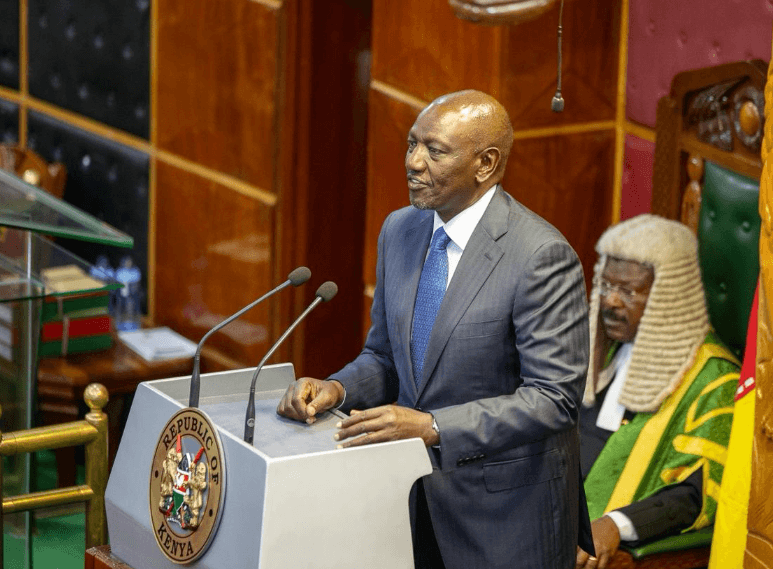Kenya’s gross domestic product (GDP) is projected to grow by 5.5 per cent in 2022 and 5.2 per cent on average in 2023–to 24, slower than in 2021.
The World Bank projection while still strong, falls below the remarkable recovery in 2021 from the worst economic effects of the pandemic, when the country’s economy grew by 7.5 percent.
According to the bank's latest economic outlook, the growth for the year starting July 1 will be much higher than the estimated average growth in Sub-Saharan Africa of four per cent.
The World Bank's report notes that Kenya’s economic performance remained strong in the early months of the year, but external challenges have pile pressure.
"The economy is vulnerable to the commodity price shocks resulting from the war, particularly through fuel, fertiliser, wheat and other food imports,'' the report reads in part.
It explains that global financial conditions have also tightened sharply, increasing external financing costs.
However, Kenya’s exposure to the war in Ukraine through direct trade linkages is small, with Russia and Ukraine accounting for only 2.1 per cent of total goods trade between 2015 and 2020.
Similarly, tourists from Ukraine and Russia do not account for a significant share of Kenya’s tourism market.
Even so, high commodity prices will increase import costs, while the projected slowdown in global growth will soften the demand for Kenyan exports.
The war in Ukraine and consequent sanctions are expected to subtract about 0.5 percentage points of GDP growth in 2022 and 0.3 percentage points in 2023 compared to the baseline prior to the war, largely through indirect terms of trade losses.
''The growth projection for 2022 has still been upgraded since the last update of 4.9 percent, to take into account the stronger than expected recovery in 2021, feeding through to the annual growth comparison in 2022,'' World Bank says.
The lender adds that the government remains committed to the task of reducing the fiscal deficit, which faces renewed challenges.
''Kenya plans to implement fiscal consolidation, which is needed to reduce debt risks, restore fiscal space for more development and social spending, and free up resources for private investment and sustainable job creation,'' the report says.
The fiscal deficit is budgeted in the medium-term to narrow to 4.3 per cent of GDP by FY2023/24 through a balanced mix of expenditure restraint and revenue enhancement.
Measures on the revenue side, include further reducing tax expenditures, introducing a digital tax, and strengthening tax administration to expand the tax base and improve compliance.
This is expected to raise revenue from 16.3 per cent of GDP in FY2021/22 to 18.1 per cent of GDP in FY2023/24.
World Bank expects the country's public debt to decline to 64.9 per cent of GDP in FY2023/24 from the current rate of almost 70 per cent, benefiting from economic growth, fiscal consolidation and reduced borrowing costs due to increases in concessional debt in the financing mix.
However, fiscal consolidation faces rising challenges and risks, including from the increased spending pressures from measures to contain the economic impact of the war in Ukraine.
Furthermore, the current account deficit is projected to widen in 2022 amid terms of trade losses.
The upheaval in commodity prices caused by the war in Ukraine will have an immediate and direct impact on the trade balance and in turn on the current account balance in 2022.
Imports are expected to accelerate, partly due to recovering domestic demand, but the commodity price surge will play a dominant role in the higher import bill expected through most of 2022.
Growth in exports of tea, coffee, and cut flowers will slow down as the outlook for Kenya’s major export markets weakens, and tourism and transport are also expected to see a more sluggish recovery due to added headwinds for global tourism.
Consequently, the current account deficit is projected to widen to six per cent per cent in 2022 from the current 5.4 per cent.












